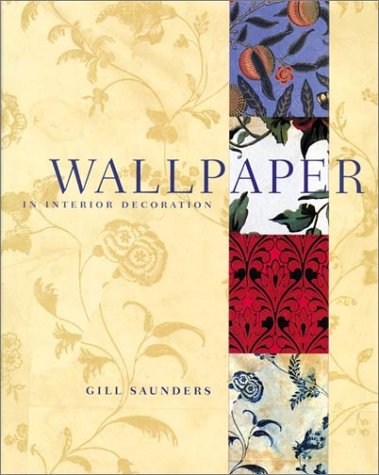VA
1 total work
Charts the rich and varied history of wallpaper, from its modest beginnings in the 16th century, through the lavish designs of the 18th century to the computer generated patterns of the late 20th century. This book is an insight into a subject rarely covered in books on interior design. The term "wallpaper" encompasses everything from printed lining papers to computer-aided limited editions. It covers lavish flocks, exquisite hand-painted papers imported from China, and dramatic French scenic decorations, as well as the perennially popular designs of William Morris, the first washable machine-printed papers and embossed wallcoverings from gilt leather to Anaglypta. From modest beginnings, wallpaper developed to become a commonplace of the domestic interior from castle to cottage, a means of transcending or enhancing the immediate architectural environment. The book is illustrated with images of wallpapers (many from the V&A's collections), as well as artists' impressions of interiors, documentary photographs of rooms past and present, posters, trade cards and sample books.
It is a source book for anyone interested in the role of wallpaper in decorative schemes, and gives a lively account of the social history of wallpaper and the part it has played in domestic lives.
It is a source book for anyone interested in the role of wallpaper in decorative schemes, and gives a lively account of the social history of wallpaper and the part it has played in domestic lives.
